Does Drywall Need to be Primed? BEGINNER GUIDE
Are you about to embark on a drywall painting project and wondering Does Drywall Need to be Primed? Before you pick up that paintbrush, let’s explore the secrets behind drywall and the crucial role of primer.
Yes, priming drywall is essential for achieving a flawless paint job. Primer ensures better paint adhesion, smooths surface imperfections and improves paint coverage. Don’t skip this crucial step for professional-looking results.
In the realm of drywall painting, the benefits of priming extend far beyond the surface. By diving into the sections ahead, I’ll unravel the mysteries of primer’s role in achieving a flawless finish.
From understanding the consequences of skipping primers to exploring the scenarios where water-based primers reign supreme, you’ll be equipped with the knowledge to transform your drywall into a masterpiece. Get ready to embark on a journey of DIY enlightenment!
When Should Drywall be Primed?
The question on everyone’s minds is, “When should drywall be primed?” Well, let me tell you, my friend, priming is the secret sauce that sets the stage for a mesmerizing paint job.
You’ve just installed fresh drywall or repaired some battle scars on your walls. That’s the perfect time to grab your primer and get to work. Raw drywall is like a sponge, ready to soak up paint in weird and wonderful ways. But fear not! Priming acts as a knight in shining armor, ensuring an even paint application and boosting the adhesion factor.
If your drywall looks like it got caught in an unfortunate stain predicament, priming is your superhero. Those unsightly stains from water damage or smoke need to be tamed. A stain-blocking primer swoops in, sealing those villains and preventing them from messing with your beautiful paint job.
But wait, there’s more! Stay tuned for the next sections, my friends, as we uncover the types of primers and share some pro tips to make your priming adventures a breeze. Get ready to conquer your DIY domain with primed perfection!
Remember, priming drywall is like giving it a solid foundation. It’s like applying sunscreen before hitting the beach—necessary for a lasting and dazzling result. “Don’t skip this step”, unless you want your walls to throw shade on your painting skills.
What happens if you don’t use primer on drywall?
Ah, the temptation to skip a step in the painting process, I’ve all been there. But when it comes to drywall and primer, trust me, my DIY-loving friends, you don’t want to skimp on this essential task. Let’s uncover the consequences of ignoring primer and leaving your drywall bare and vulnerable.
Without primer, your paint might throw a temper tantrum and refuse to adhere properly to the drywall surface. Picture an unruly toddler throwing spaghetti at the wall—it’s messy, it’s chaotic, and definitely not the look you’re going for.
Plus, without that solid primer foundation, your beautiful paint job might end up looking more like a patchwork quilt, with blotches and uneven color distribution. Not exactly the Pinterest-worthy result in you envisioned.
But wait, there’s more! Drywall without primer is like a sponge without a protective shield. It soaks up paint faster than a marathon runner chugging water after crossing the finish line. Say goodbye to your carefully chosen paint color, as it gets absorbed unevenly, leaving you with a mottled mess.
Do you know that you can even re-use Drywall sheets with a clean outlook? Yes, Just read this well-researched blog post to know.
Now, for a dash of humor to lighten the mood: imagine your drywall without primer as a barefoot stroll on a Lego-filled floor—ouch! So, spare yourself the headache, my friends, and give your drywall the TLC it deserves with a solid coat of primer. Your paint will thank you, your walls will thank you, and your sanity will remain intact.
Priming Existing Drywall (IMPORTANT)

So, you’ve got existing drywall and you’re wondering if it needs a little primer love before you dive into painting. Well, my DIY aficionados, let’s explore the world of priming existing drywall and unravel the secrets to achieving a flawless finish.
Evaluating the condition of the existing drywall: Before you whip out that primer, take a good look at your drywall. Is it as smooth as freshly buttered toast or riddled with patches and imperfections like a pockmarked moon? If it’s in decent shape with minimal blemishes, you might be tempted to skip priming. But remember, even the smoothest-looking drywall can benefit from a primer’s magic touch.
1 Selecting the Appropriate primer for existing drywall
Choosing the right primer is like finding the perfect partner for a synchronized dance routine—you want someone who can handle the moves and keep up with your rhythm.
Opt for a primer specifically formulated for drywall, one that offers excellent adhesion and helps to even out surface texture. Think of it as a superhero cape for your drywall, ready to conquer any painting challenge.
2 Techniques for priming existing drywall
Now, let’s get our hands dirty (figuratively, of course) and apply that primer. You can use a roller or brush to spread the primer evenly over the surface, ensuring full coverage. Think of it as giving your drywall a spa treatment, where each stroke of the roller or brush is like a gentle massage to prep it for the main event—painting!
3 Types of Primers for Drywall
When it comes to primer types, you have options aplenty. Water-based primers are like the friendly neighborhood superheroes—low odor, quick drying, and easy cleanup.
On the other hand, oil-based primers are heavy lifters, perfect for covering stains and ensuring top-notch adhesion. Choose wisely, my friends, and let your drywall bask in the glory of a well-suited primer.
Imagine priming your drywall without a primer is like trying to bake a cake without flour. Sure, you might end up with something, but it won’t be the moist, fluffy masterpiece you envisioned. So, grab that primer, gear up for priming greatness, and give your existing drywall the VIP treatment it deserves.
With these tips in your DIY arsenal, you’ll prime your way to drywall perfection, ensuring a flawless and long-lasting paint job. Remember, my friends, priming is the secret ingredient that takes your drywall from ordinary to extraordinary. Happy priming and painting adventures await!
How Many Coats of Primer Are Required on Drywall?
Ah, the age-old question that haunts the minds of DIY enthusiasts everywhere. How many coats of primer does one need to bestow upon their beloved drywall before the magical transformation with paint begins? Let’s delve into this mystery and shed some light on the subject.
In most cases, a single coat of primer should suffice to lay the groundwork for a flawless paint finish. However, there are exceptions to every rule, just like there’s always that one person who insists on applying an extra layer of sunscreen at the beach.
If you’re dealing with heavily stained areas on your drywall, like that unforgettable spaghetti sauce incident or the time your cat decided to express their artistic side with a Sharpie, an additional coat of primer might be necessary. Consider it an extra layer of armor to shield your paint from the ghosts of stains past.
Similarly, if you’ve patched up holes or repaired sections of your drywall, you might find that a second coat of primer helps to achieve a seamless, uniform surface. It’s like a superhero sidekick providing extra support to save the day!
But let’s not go overboard and drown our drywall in primer like it’s a never-ending dip at a fondue party. Remember, the goal is to create a smooth, consistent base for your paint. One coat should do the trick for most situations, sparing you unnecessary effort and allowing you to channel your inner Picasso with confidence.
| Situation | Number of Primer Coats |
|---|---|
| Standard drywall painting | 1 coat |
| Heavily stained areas | 2 coats |
| Patched or repaired sections | 2 coats |
Applying excessive coats of primer to your drywall is like wearing layers upon layers of clothing on a sunny day, it may protect you, but it won’t win you any fashion awards. So, embrace the power of one (coat, that is) and let your paint colors shine!
Can You Paint Over Drywall without Primer?
Ah, the audacity of such a thought! While it’s technically possible, my dear DIY enthusiasts, I must advise against this rebellious act. Skipping primer is like attempting to drive a car without fuel—it may move for a moment, but it won’t get you very far.
Without primer, your paint might flake off like a lizard shedding its skin, leaving you with a patchy, lackluster finish. For real-life examples, you can read various answers from owners here, Can You Paint Over Drywall without Primer?
So, embrace the power of primer, my friends, and let your paint cling to the drywall like a koala hugging a eucalyptus tree. Your walls will thank you, and your paint job will be the envy of all who behold it.
Suitable Scenarios for Water-based Primers
Water-based primers are the heroes of the painting world! These versatile wonders are perfect for a multitude of scenarios where you want to paint your drywall with ease. Let’s dive into some suitable situations where water-based primers shine like a beacon of DIY brilliance.
- New drywall installations: Imagine a fresh canvas awaiting your artistic prowess. Water-based primers are ideal for new drywall, providing excellent adhesion and ensuring your paint glides on smoothly like a figure skater on ice. It’s like giving your wall a firm handshake before the real party begins.
- Interior spaces that require low odor: We all know that painting can unleash some not-so-pleasant fumes. But fear not! Water-based primers come to the rescue with their low-odor formula. Say goodbye to inhaling noxious gases and hello to a painting experience that won’t make you want to flee the room like a startled squirrel.
- Quick-drying projects: Need your painting project done pronto? Water-based primers have your back. With their swift drying times, you’ll be able to move on to the main event—painting—with the speed of a cheetah chasing its prey. Well, maybe not that fast, but you get the idea.
- Easy cleanup: After you’ve worked your DIY magic, the last thing you want is to spend hours scrubbing brushes and rollers. Water-based primers make cleanup a breeze, like a gentle summer breeze whispering through your DIY workspace. Just grab some warm, soapy water, and those brushes will be squeaky clean in no time.
Water-based primers are like the reliable sidekick you never knew you needed. They’re there to support your painting endeavors, leaving your walls looking impeccable and your DIY dreams fulfilled. So, grab that trusty water-based primer, my friends, and let your creativity flow like a river. Happy painting, and may your walls be a masterpiece of DIY glory!
Final Words
When it comes to drywall and the importance of primer, I’ve uncovered some valuable insights. From understanding the consequences of skipping primers to exploring suitable scenarios for water-based primers, I’ve equipped ourselves with the knowledge to achieve exceptional results in our DIY endeavors.
Priming existing drywall ensures a smooth surface for paint adhesion while choosing the right primer and applying the appropriate number of coats guarantees a flawless finish. Water-based primers offer low odor, quick drying, and easy cleanup, making them a go-to option for many projects.
So, my DIY enthusiasts, embrace the power of primer, let your creativity flourish, and transform your drywall into a canvas of beauty. Happy painting and may your DIY adventures be filled with satisfaction and success!

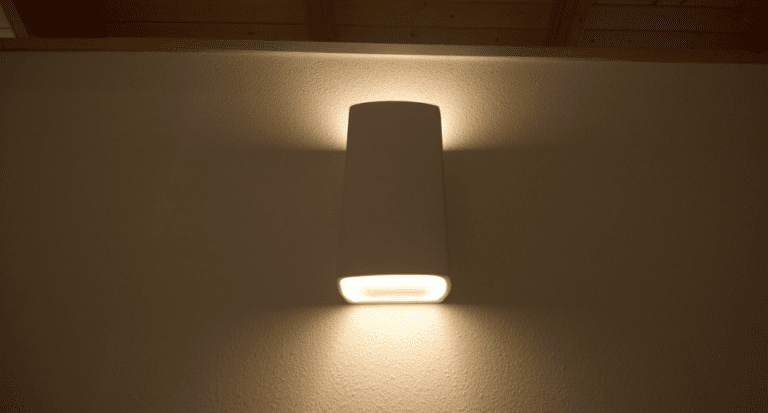
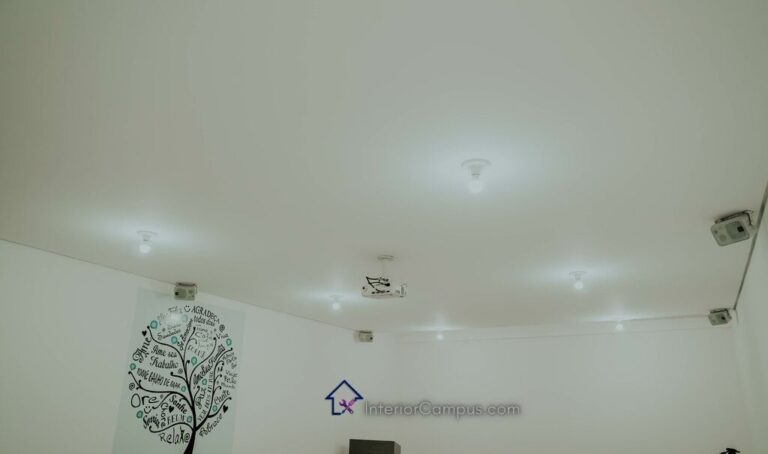
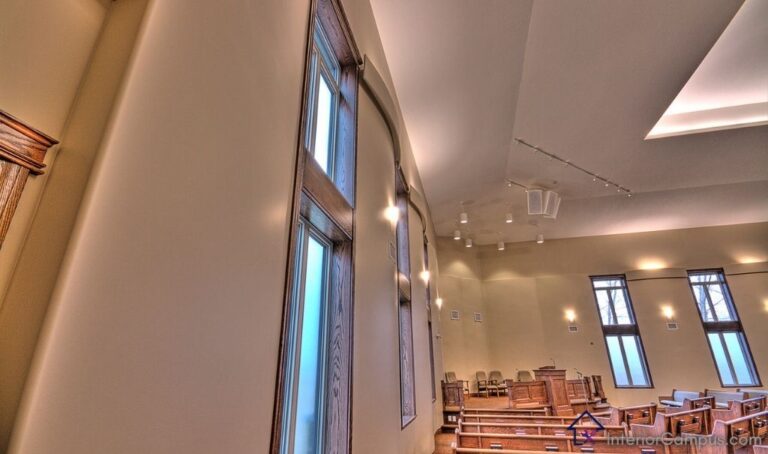
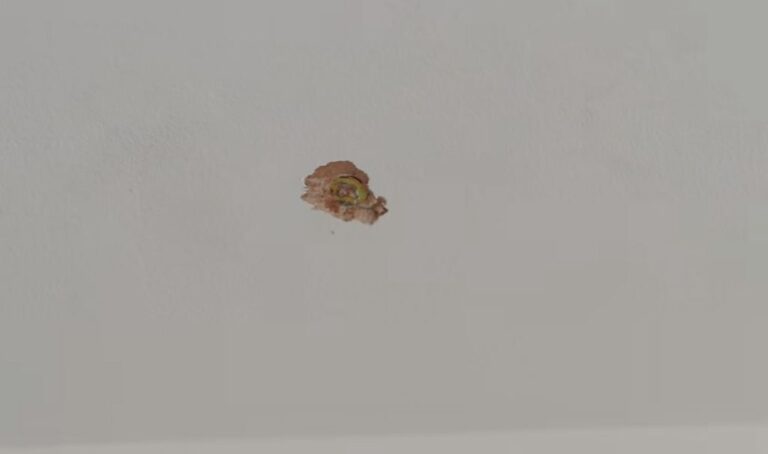
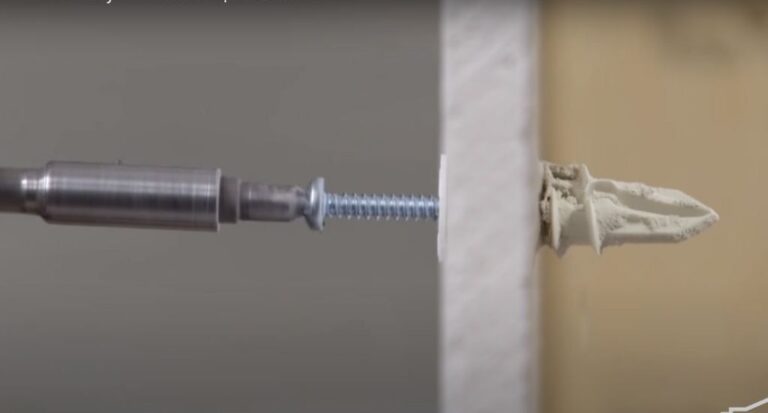
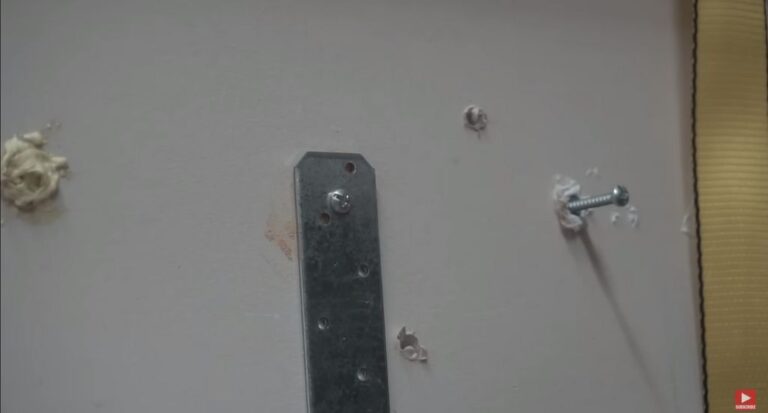
One Comment
Comments are closed.